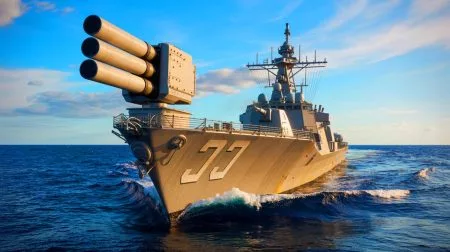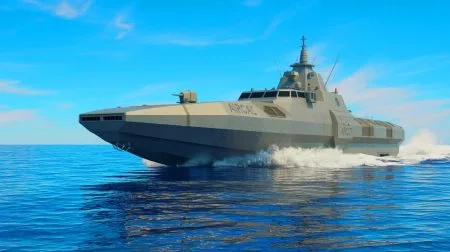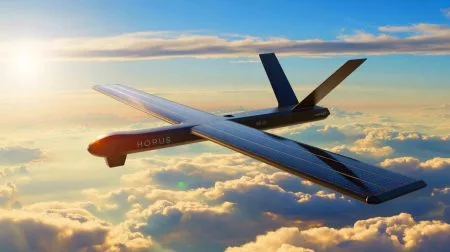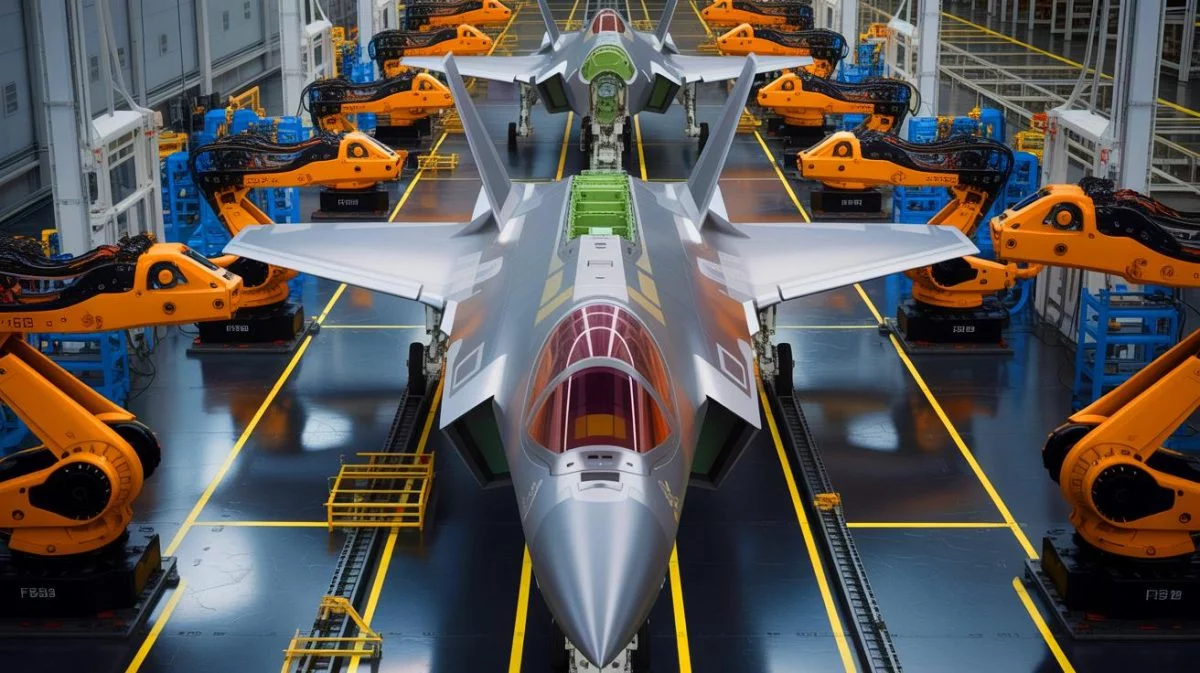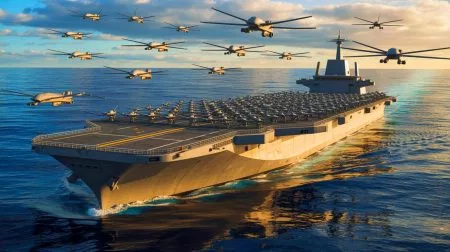| IN A NUTSHELL |
|
In a groundbreaking achievement, Northrop Grumman has accelerated the production of the F-35 Lightning II’s center fuselages, achieving an unprecedented delivery rate of one every 30 hours. This remarkable feat underscores the company’s commitment to innovation and efficiency within the defense industry. The F-35, known for its advanced capabilities and versatility, relies heavily on the precision and quality of its components. Northrop Grumman’s advancements in manufacturing not only highlight their technological prowess but also play a pivotal role in meeting both domestic and international military demands. As the global security landscape evolves, these advancements ensure that the F-35 remains at the forefront of aerial defense technology.
The Significance of the Center Fuselage
The center fuselage is a vital component of the F-35 Lightning II, a versatile fighter jet available in three different variants. This section of the aircraft is crucial for housing the internal weapons bay, which contributes significantly to the jet’s stealth capabilities. The fuselage integrates a bifurcated inlet system and contains essential fuel reservoirs, making it integral to the F-35’s operational effectiveness.
Northrop Grumman plays a critical role in producing this component, ensuring the precise alignment and coating necessary for the jet’s advanced stealth features. The company’s commitment to excellence is evidenced by its delivery of over 1,400 center fuselages to date. This achievement not only demonstrates their expertise in aerospace manufacturing but also their dedication to maintaining the F-35’s competitive edge in modern warfare.
Revolutionary Integrated Automated Technology
At the core of Northrop Grumman’s manufacturing success is the Integrated Assembly Line (IAL), which leverages advanced robotics and automation. This state-of-the-art facility maximizes production efficiency while ensuring that engineering tolerances are met for all three variants of the F-35. The IAL’s flexibility and efficiency are hallmarks of modern manufacturing.
The technological advancements at the IAL include automated guided vehicles and robotic drilling, which enhance precision and reduce labor costs. Additionally, mold-in-place coatings and data-driven analytics improve quality control. Northrop Grumman’s contributions extend beyond the center fuselage, as they also provide radar systems, communication subsystems, and sustainment support, showcasing their comprehensive involvement in the F-35 program.
Advanced Manufacturing: A Blend of Human and Machine
Northrop Grumman’s IAL is one of the most advanced military aircraft production facilities. The facility, comparable in size to a football field, combines sophisticated automated technology with human expertise. This collaborative approach is essential for producing the center fuselage across all F-35 variants.
With over 3,000 parts and up to 115 assembly positions, the IAL assembles approximately 10 million parts annually, completing a center fuselage every 30 hours. Northrop Grumman’s role as a principal partner on the F-35 Lightning II industry team underscores their pivotal position in advancing fifth-generation fighter aircraft technology. The synergy between human ingenuity and machine precision is a testament to their innovative approach to defense manufacturing.
The Future of Defense Manufacturing
As Northrop Grumman continues to lead in defense manufacturing, the implications of their innovations reach far beyond mere production efficiency. The ability to rapidly produce components for the F-35 enhances the strategic capabilities of the United States and its allies, providing reliable support and sustained technological superiority. Advanced manufacturing techniques not only optimize current processes but also pave the way for future advancements in aerospace technology.
In a world where global security concerns are ever-present, Northrop Grumman’s advancements ensure that the F-35 remains a formidable force in aerial combat. As manufacturing technology continues to evolve, one must wonder: How will these innovations shape the future of defense and global security?
Did you like it? 4.4/5 (27)
